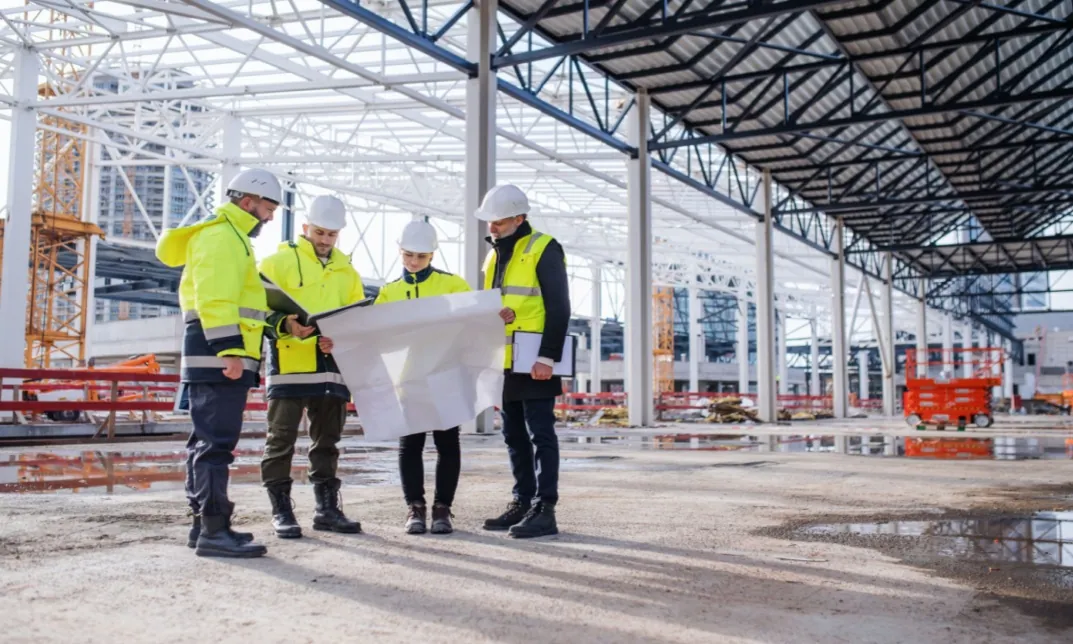No products in the cart.
Have you ever wondered how large buildings are safely constructed? The answer lies in a process called Construction Design Management (CDM). This crucial aspect of construction ensures that health and safety are integrated into every phase of a project. Therefore, understanding CDM is essential for anyone involved in the construction industry, be it clients, designers, or contractors.
What is Construction Design Management?
Construction Design Management refers to the management of health, safety, and welfare in construction projects. It is governed by the Construction (Design and Management) Regulations 2015 in the UK. These regulations are designed to ensure that health and safety are considered throughout all stages of a construction project, from planning to completion. Moreover, CDM aims to prevent accidents and injuries by identifying and managing risks early on.

Why is CDM Important?
CDM is vital because construction sites can be hazardous. By integrating safety measures from the beginning, CDM helps to reduce the risk of accidents. Consequently, it ensures that all parties involved in a project are aware of their responsibilities regarding health and safety. Furthermore, it promotes a culture of safety, which is beneficial for both workers and the overall success of the project.
Key Roles in CDM
Under the CDM regulations, several key roles are defined, each with specific responsibilities:
- Clients: They are responsible for ensuring that a project is set up to be managed safely. They must appoint competent people to manage health and safety risks.
- Principal Designers: They plan, manage, monitor, and coordinate health and safety during the pre-construction phase. They ensure that designers comply with their duties and prepare a health and safety file for the project.
- Principal Contractors: They manage health and safety during the construction phase. They must ensure that the construction phase plan is followed and that workers are consulted and engaged in health and safety matters.
- Designers: They must eliminate, reduce, or control foreseeable risks during the design process. They provide information to other project team members to help them fulfil their duties.
- Contractors: They plan, manage, and monitor construction work. They must ensure safe working conditions and provide workers with information and training about risks.
The Phases of CDM
CDM regulations apply to all phases of a construction project:
Pre-Construction Phase
This phase involves laying the groundwork for a successful project. Key activities include:
- Defining clear project objectives and requirements.
- Appointing a Principal Designer and Principal Contractor.
- Identifying potential risks and establishing risk management strategies.
Design Phase
During this phase, the project’s requirements are translated into detailed plans. Important tasks include:
- Coordinating architects, engineers, and other design professionals.
- Ensuring health and safety considerations are integrated into every aspect of the design.
- Conducting regular reviews to maintain alignment with health and safety standards.
Construction Phase
This is where the actual building work takes place. Key responsibilities include:
- Adhering strictly to designs, specifications, and plans.
- Enforcing robust health and safety measures on-site.
- Monitoring progress and making necessary adjustments.
Benefits of CDM
The benefits of implementing CDM regulations are numerous:
- Improved Safety: By focusing on health and safety from the outset, CDM reduces the likelihood of accidents and injuries on construction sites.
- Legal Compliance: CDM helps businesses comply with legal requirements, avoiding potential fines and legal issues.
- Enhanced Project Management: CDM promotes better planning and coordination, leading to more efficient and successful project outcomes.
- Risk Mitigation: Early identification and management of risks prevent costly delays and disruptions during the construction process.
Challenges in Implementing CDM
Despite its benefits, implementing CDM can present challenges:
- Complexity: The regulations can be complex, requiring a thorough understanding and careful planning.
- Cost: Ensuring compliance with CDM regulations can increase project costs, although these are often offset by the benefits of improved safety and efficiency.
- Coordination: Effective communication and coordination among all parties involved are crucial for successful CDM implementation.
Conclusion
In conclusion, Construction Design Management is a critical component of the construction industry. It ensures that health and safety are prioritised throughout all stages of a project, thus protecting workers and enhancing project success. As a result, understanding and implementing CDM regulations is essential for anyone involved in construction. By doing so, we can create safer, more efficient, and legally compliant construction projects.




